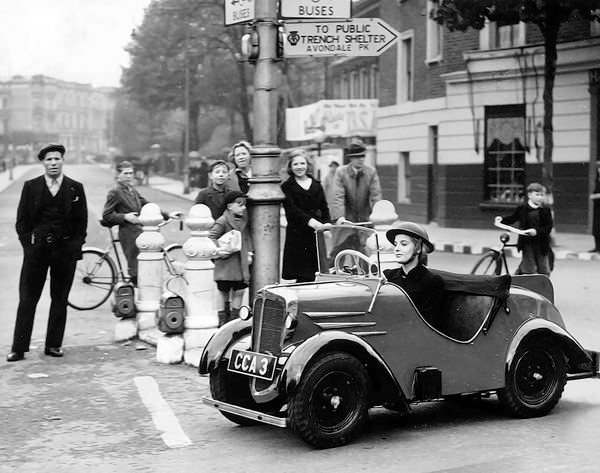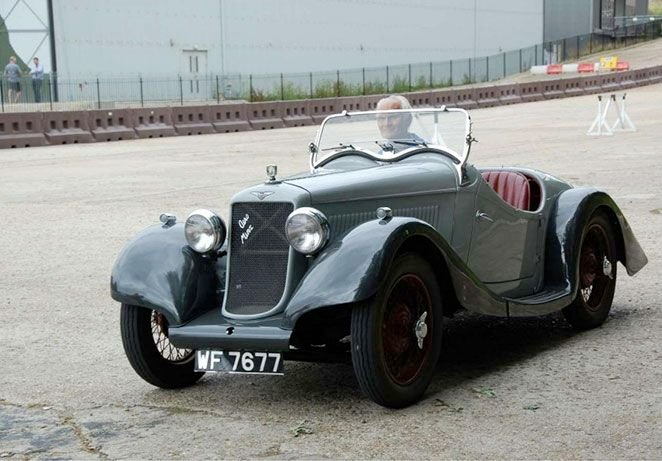Many countries had periods of inflation. In such an era, fuel such as petrol was rationed in Britain. All they could do was either stick to public transport. Or using small vehicles. Small cars hit the road and it seems that both happened at the same time in Britain.
However, their problem was different from the situation in Sri Lanka today, because Britain was a country with a manufacturing economy. Also, like us, they did not buy oil and sell it at a higher price, and they did not do things like queuing. In short, they were more practical people than we are.
At the same time, the current news is that German intercity trains are currently charging low prices. As an example of that price, there are places where the €49 fee is reduced to €9. The reason for that is to encourage people to reduce the use of private motor vehicles as much as possible to reduce the rising temperature due to environmental anomalies. Overall, trains have a lower carbon footprint than cars.
But for that, those trains must be operated with regenerative power.
The Germans are the pioneers. Europeans know that there is a tendency to cut off natural gas from Russia during the winter. Then they know that they have to get power from coal as well. Even now they are trying to balance the increasing carbon footprint of that time. It is predictability. The ability to see far. After the last dollar was gone, they didn't wipe their hands, ..."this is not a crisis of my making".

That's why people's leaders like Chancellor Angela Merkel, like our Gon Bi Jjan, were not thrown out of the country. They travel in ordinary trains like ordinary passengers today. Let's think if those who went out of Sri Lanka can do the same.
Another reason for the use of very small vehicles due to petrol rationing and petrol restrictions in Britain is the nature of people's preferences. They often worked alone. That is, public transport is also an external thing, as if it was their common opinion. And one of the reasons is that the British transport tax system was based on the horse power of the vehicle. If the horse power is higher, the transport tax will be higher.
Since the maximum horse power of this small vehicle was not more than two and a half horse power, it required less gasoline along with the reduction of transportation tax, so they fulfilled their transportation needs at a profit. If that is the case, one might think that even in Sri Lanka, the three-wheeler is also used as a small vehicle.
The British were more flexible than us. They buckled down for the hard times. When the country's economy went in the right direction, they loosened those belts. Living in Sri Lanka, we tighten our belts day by day until it becomes difficult to die. In other words, if we used these unsafe vehicles, we would have to use them forever. Not so in Britain. And no matter how small, a four-wheeler is safer than a three-wheeler.
As people's lives slowly returned to normal, they started using normal vehicles again. Realizing that the ridiculously designed small vehicles would not be usable forever, they temporarily changed the legal framework necessary to put those vehicles on the road. What has happened in Sri Lanka has always been helping to bring unnecessary garbage to the country without considering the future.
For years, what has been written and said about electric vehicles has been empty words. 0.03 of the vehicles in Sri Lanka are electric vehicles. It is a small number of about 3500 vehicles. If that amount was at least 3% or 35,000, the effect it would have had on the country would have been lost. But the owners of electric vehicles with such a low percentage are still doing a silent service today, transporting pregnant mothers and people with children for free.
The politicians of Sri Lanka never understood the use of alternative methods. Only the common people suffer from it. To add something more to this story, as far as I know, there is only one railway track from Kurunegala to Anuradhapura. At a time when there were provisions and proposals to do this, a certain politician objected to it, saying that it would be a loss and injustice to private bus owners.
As heard later, there were private buses owned by that politician.
No matter how fast and efficient transportation systems are in developed countries such as the Netherlands, Britain, and Germany, the need for "cycle tracks" or "pedestrian paths" for normal riding bicycles is not strange to those countries. Here these are successful alternative modes of transport and not substandard modes of transport.
Back on topic, you can appreciate how small the vehicle in the pictures is compared to the regular car next to it. It was called “Rytecraft Scootacar”. Although small, it had three forward gears and one reverse gear. It had an "Albion" type gearbox. If you have traveled in a bus in the early 70s, you may remember that these Albion type buses were also available in Sri Lanka at that time.
The engine of the Rytecraft scootacar was located at its rear. First gear was too low to allow it to climb any hill. The maximum speed of the vehicle was 45 miles per hour.
The engine was so small that the Villiers type engine in the smallest vehicle had a capacity of 98 cubic centimeters. That's equivalent to the power of three lawn mowers. Brakes for the first vehicles created
